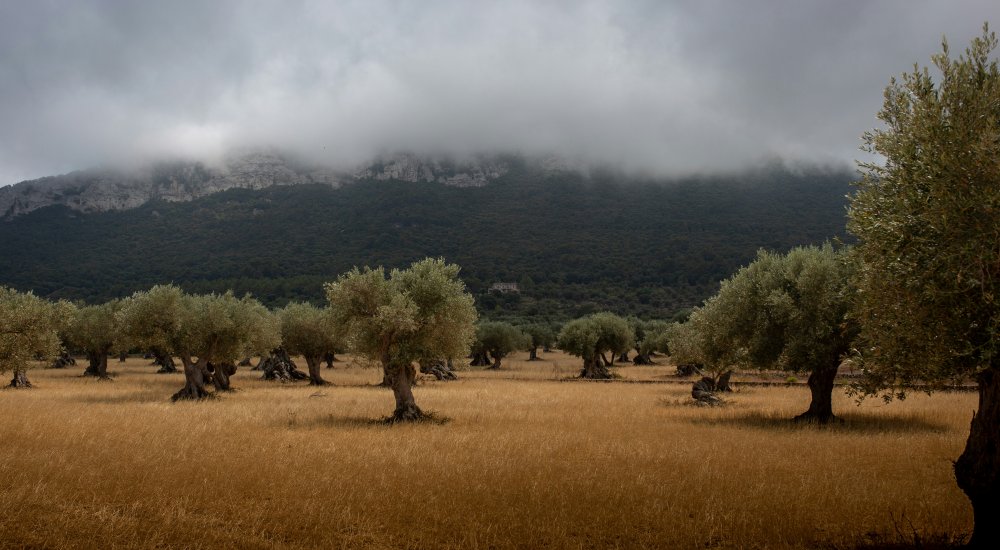PRIMA CALL┋Thematic Area 2 - Farming systems in Nexus

TOPIC: 1.2.1-2025 Enhancement of Sustainable Farming Systems within Mediterranean Wetlands for Conservation and Coexistence.
TYPE OF ACTION: (IA) Innovation Action
TOTAL INDICATIVE AMOUNT ALLOCATED TO THIS CALL: EUR 10.8 million
OPENING DATE: 08 April, 2025
DEADLINE: 15 July, 2025 17:00h Central European Time (CET)
STATUS: Open
Expected Outcomes
Aligned with the objectives of the European Green Deal and EU Nature restoration law, and the upcoming European Water Resilience Strategy, the initiative to enhance wetland restoration in the Mediterranean serves as a catalyst for achieving the EU’s climate goals outlined for both 2030 and 2050.It aligns with the Union for the Mediterranean’s Greener Med Agenda 2030, which underscores the pivotal role of wetlands in furnishing vital ecosystem services for the region’s environmental well-being and economic advancement. Wetlands are regions where water influences the environment, fostering a unique ecosystem rich in biodiversity. They include coastal marshes, lagoons, rivers, estuaries that are supporting different varieties of plant and animal life. Successful proposals will contribute to enhance wetland agro-ecosystems sustainably, to expand knowledge on wetland status in the Mediterranean and their restoration potential, and to provide evidence-based policy recommendations for a better integration and coexistence of agriculture and wetlands.
Project results are expected to contribute to the following expected outcomes:
- Increased resilience of Mediterranean wetland agroecosystems by safeguarding ecosystem services provisions especially for flood and drought control, while producing food (or feeds) and contributing to the socio-economic development of the region
- Comprehensive Assessment and Mitigation of Greenhouse Gas Emissions and carbon sequestration, unique to Mediterranean wetlands, thereby contributing to climate change adaptation and mitigation efforts.
- Promote innovative, Mediterranean-specific practices that support agrobiodiversity within wetland agroecosystems. Examples include integrating traditional crop varieties like salt-tolerant barley, durum wheat, and native legumes that thrive in wetland-adjacent soils, thereby preserving genetic diversity while adapting to local conditions.
Evidence-Based Policy Recommendations for the sustainable management and conservation of Mediterranean wetland agroecosystems, ensuring their long-term viability and contribution to regional sustainability goals.
Scope: This call aims to enhance wetland agroecosystems sustainability in the Mediterranean by fostering innovative and cost-effective solutions through a holistic Water-Ecosystems-Food-Nexus approach to comprehensively address the interdependencies and interactions between wetlands, agroecosystems, water resources, and ecosystem services. The adoption of sustainable and regenerative agricultural practices is paramount for conserving wetlands and fostering their unique biodiversity.
Specifically, the call emphasizes the development and implementation of sustainable agriculture practices that include robust drought management strategies tailored to the Mediterranean region. These strategies are crucial for preserving wetlands’ functions in delivering ecosystem services, managing floods, and mitigating the impacts of drought. The overarching goal is to enhance environmental resilience and socio-economic development in the region by safeguarding the essential roles of wetlands.
Proposed activities should cover at least one of the following aspects:
- Conducting a comprehensive assessment of Mediterranean wetlands, evaluating their current condition, greenhouse gas (GHG) emissions profiles, and potential for carbon mitigation. These assessments must consider key gases (CO2, CH4, and NO), as well as the carbon value of services like food production.
- Examine the trade-offs between wetland restoration for climate and biodiversity benefits and the delivery of other services (including food production), along with methods to avoid or mitigate these trade-offs.
- Exploring the integration of existing local knowledge and practices: embracing a holistic Water- Food-Ecosystems Nexus perspective is essential to comprehensively address the interdependencies between wetlands and the water, food, and ecosystems sectors. This entails integrating multidisciplinary approaches that consider the complex linkages between wetland ecosystems and the provision of water resources, ecosystem services, and ensuring food production. Including new or existing insights from other regions facing similar challenges in wetland restoration is also recommended to enhance understanding and applicability. These solutions will integrate sustainable agriculture practices, habitat restoration efforts, improved water management techniques, and effective drought management strategies tailored to diverse representative wetlands in the area. The implemented solutions should be assessed through appropriate methodologies and indicators and be translated into policies for integration of these approaches into existing environmental and land use regulations.
- Evaluate the socio-economic costs and benefits of investing in wetland conservation, sustainable agriculture practices, and the role of wetlands in enhancing drought resilience and improving local community livelihoods. Insights into these costs and benefits at the farming practice level are essential for encouraging adoption by farmers.
Proposals should actively implement a Multi-Actor Approach (MAA), engaging a wide range of stakeholders—including universities and research centers, public authorities, civil society organizations, local communities, businesses, conservation and environmental groups, farmers, and agencies responsible for agriculture, water management, and land use planning. —throughout the project lifecycle to ensure relevance and impact. Additionally, policy briefs are encouraged as key outputs, distilling research findings into actionable insights for decision-makers.
Projects may choose to establish links with the EU Mission on Adaptation to Climate Change. and A Soil Deal for Europe, dedicating resources for coordination and joint activities, such as shared communication and dissemination efforts with relevant Mission-funded projects. Projects producing data relevant to Mission Soil objectives are encouraged to contribute their findings to the European Union Soil Observatory (EUSO) via SoilWISE and may collaborate with the Mission Soil Living Labs to test PRIMA innovations in sustainable soil management. Complementary efforts with Horizon Europe projects and partnerships, such as the European Partnership on Agroecology, the LIFE programme, and European Regional Development Fund (ERDF) projects focused on wetlands, are also encouraged to maximize impact.
Call Documents and Templates
Adopted Annual Work Programme 2025
Guidelines for Applicants Section 1
Electronic Submission System Handbook
Call text Topic 1.2.1-2025 Farming systems in the Nexus
For questions related to this call for proposals, please contact Fabrice Dentressangle at fabrice.dentressangle@prima-med.org
